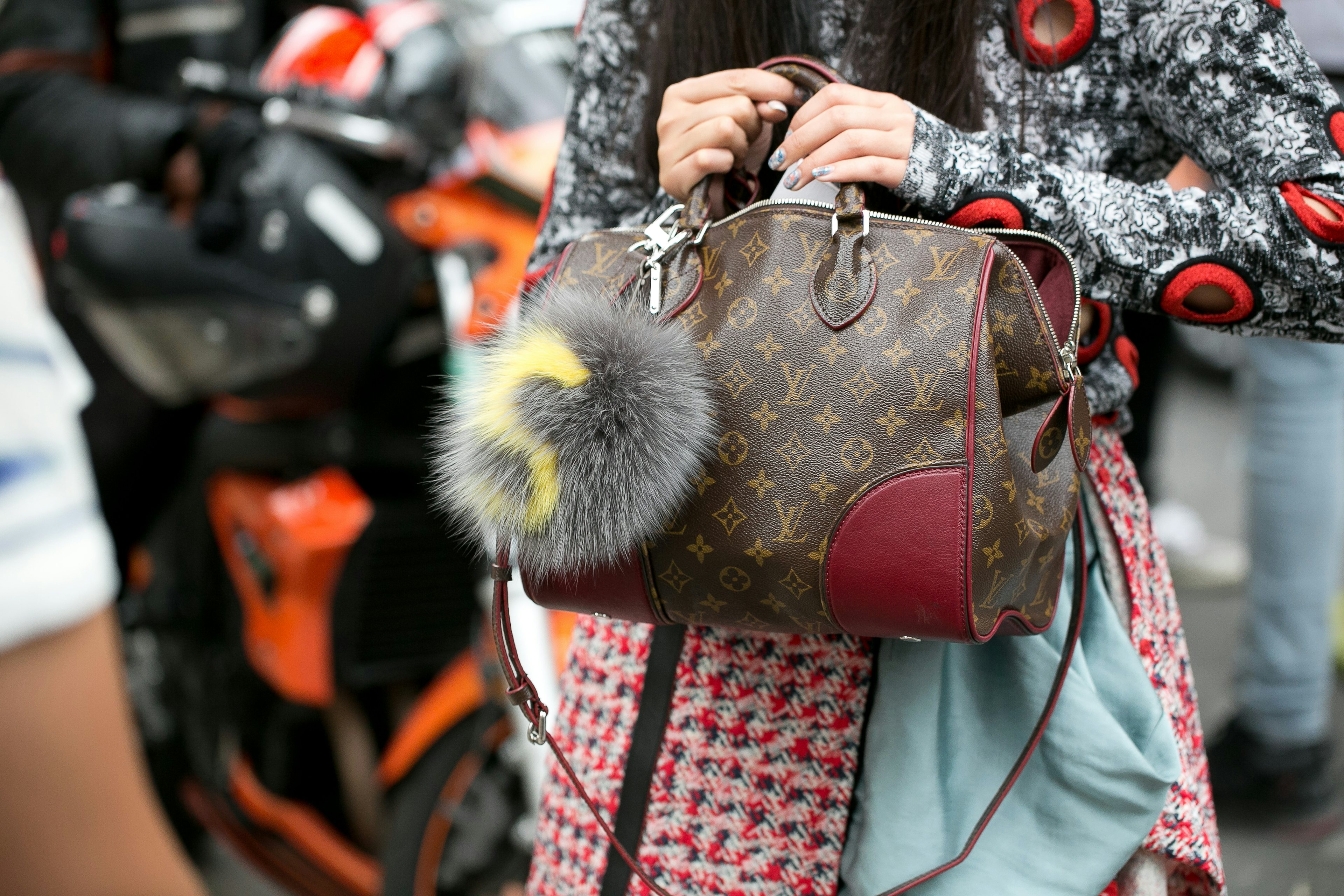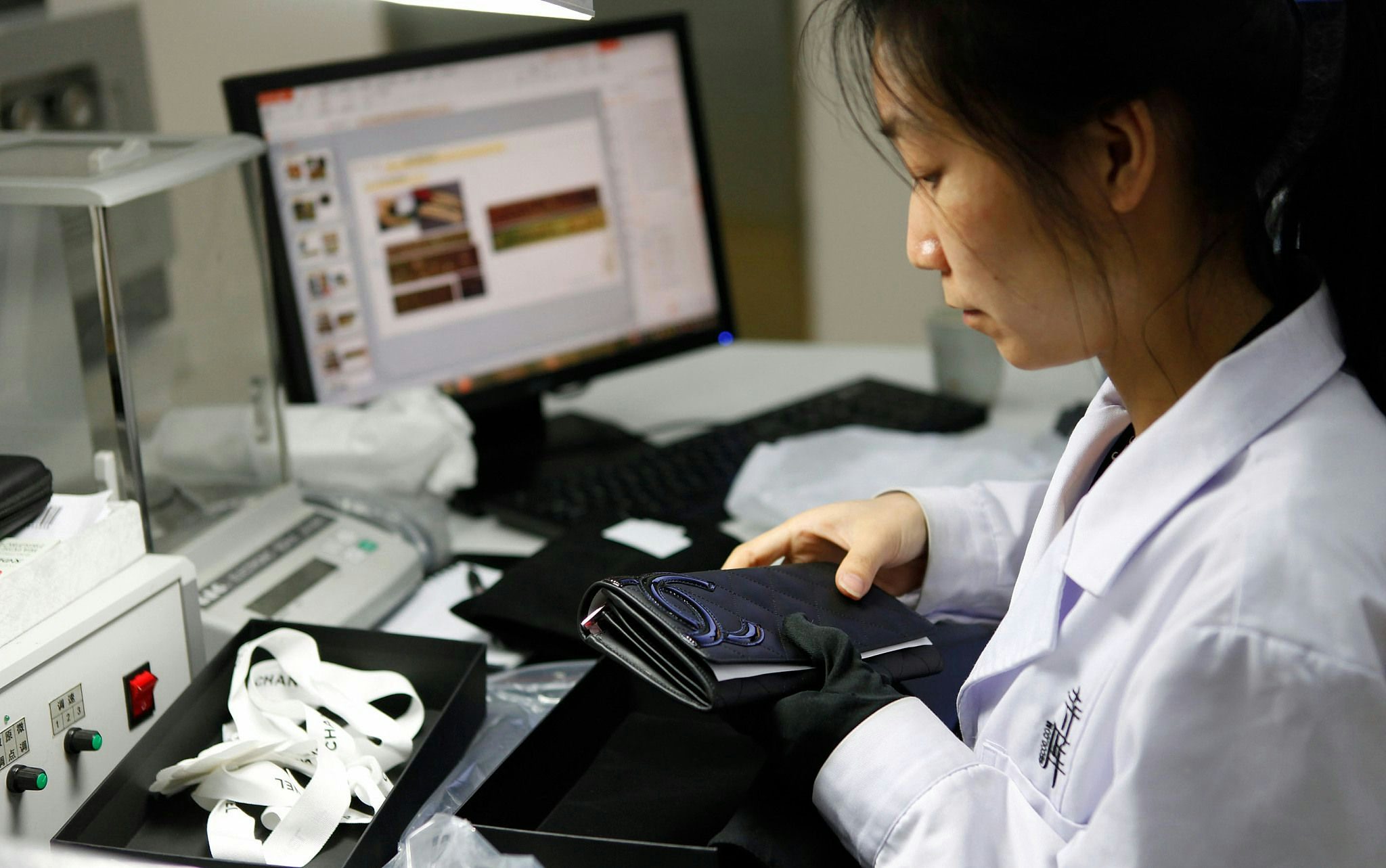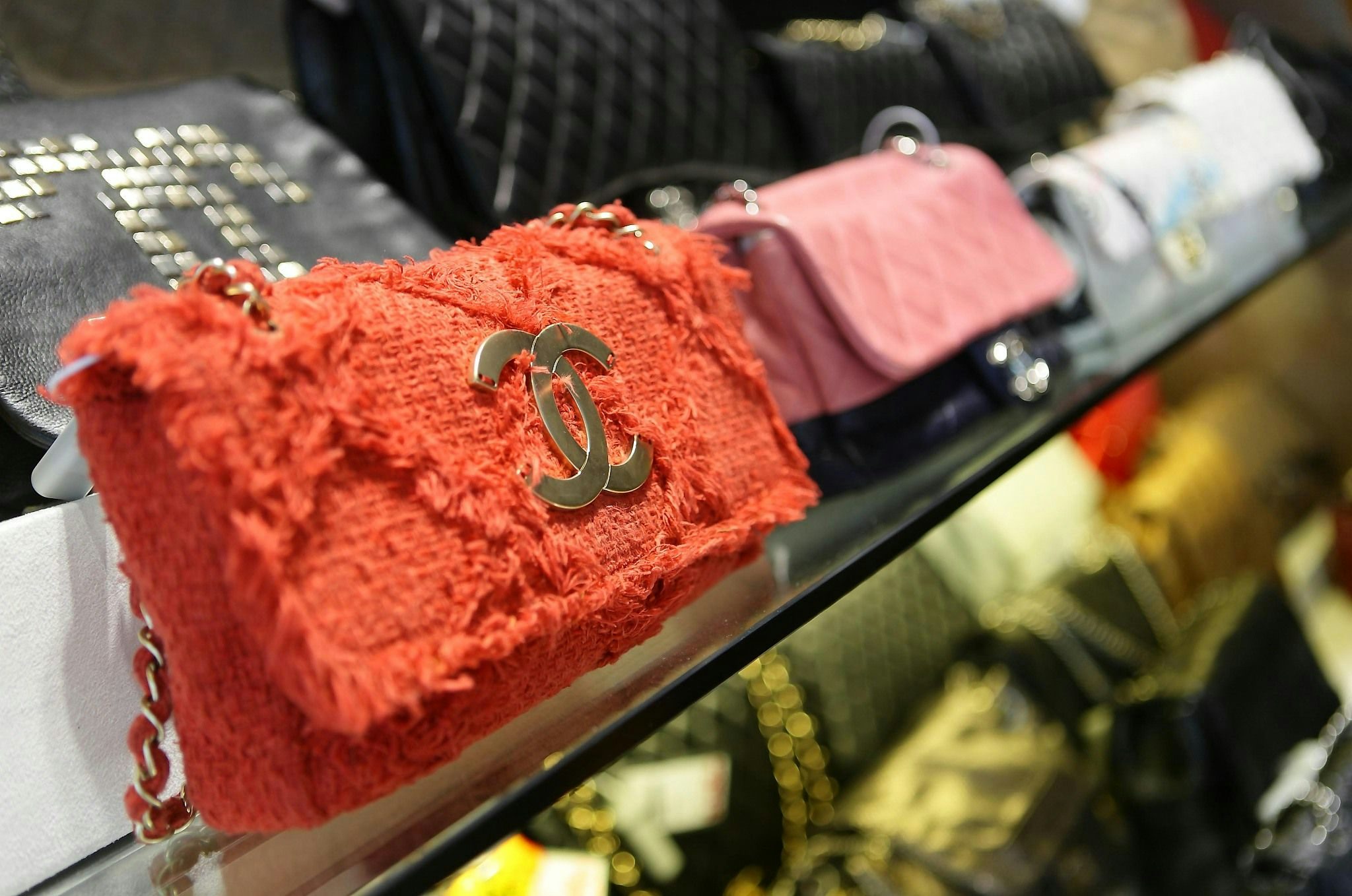The secondhand luxury market is still in its infancy in China. However, it still has many obstacles to overcome before it can catch up with the mature markets of the United States and Japan.
The total luxury market in China reached 50 billion in 2016, while that of the secondhand luxury segment was less than 1.5 billion, according to statistics released by China's Secondhand Luxury Goods Working Committee.
That stands in stark contrast to Japan, where secondhand luxury consumption exceeded 5 billion during the same period, even though the overall size of the Japanese luxury market was smaller than China's in 2016.
The secondhand luxury business is also flourishing in the United States. For example, The RealReal, the largest online secondhand luxury platform in the U.S., released the earnings of the first half year of 2017 and showed that millennial generations have become the driving force behind its sales and transactions. The growth rate of the site's new users is also steady. There are currently five million registered members and 3.5 million monthly visitors to the site.
On the whole, Chinese consumers have not yet cottoned to the concept of second-hand luxury, as a recent opinion writer noted in a piece on the Chinese site Tencent, which cited this lack of wide acceptance as a major obstacle for further growth of this sector in China. Due to the relatively short history of luxury consumption in the country, the majority of domestic consumers still prefer to purchase new luxury goods and look down on the value of second-hand goods.
Concerns over counterfeit luxury goods is another reason why the secondhand luxury market in China has had trouble expanding. Yishepai, an online luxury goods authentication platform, told Tencent that only 40 percent of the goods they examined in 2016 were real. This figure is not completely surprising given that China's local manufacturers are known for their talent at making knockoffs and fakes of luxury products.
Some Chinese startups running secondhand luxury businesses have made efforts in these areas. For example, Zhao Depeng, the Founder of the secondhand luxury platform "Liwo," told Tencent that he attempted to connect the markets in China and Japan to bring in more high-quality products to Chinese consumers. For Zhao, Japan sets an example for China in terms of how to develop the secondhand luxury businesses and nurture consumers' awareness.
Counterfeiting issues have also led many startups to offer online authentication apps that are publicly available to Chinese consumers. Many of them provide users with 24-hour authentication services and the ability to manage every stage of the process online.


